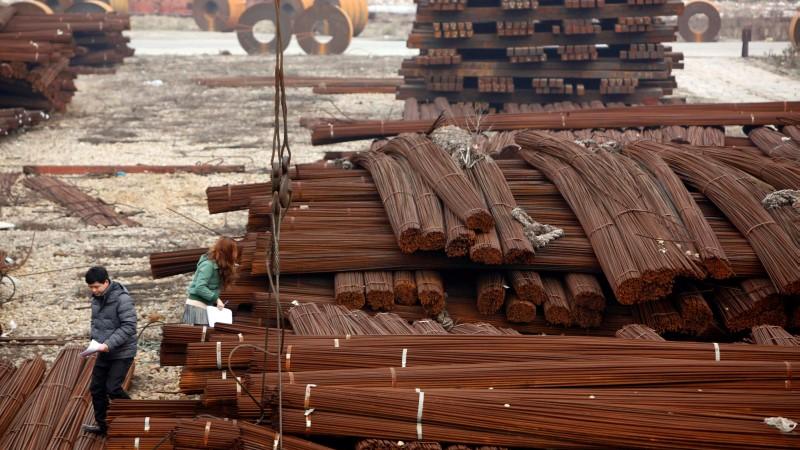Lower realisations, higher raw material cost to adversely impact steel firms’ margins

July 14 (IANS) Margins for steel companies are expected to decline QoQ in 1Q, JM Financial (NS:JMSH) Institutional Securities said in a report.Recent correction in Coking coal prices is likely to aid spreads for steel majors from 2QFY24.
Metal names have reacted positively to anticipated demand uptick in China, even as demand greenshoots are yet to be seen on the ground, the report said.
Ferrous companies are likely to report sequentially lower spreads on account of lower realisations and higher raw material costs, the report said.
Volumes across steel companies are expected to come lower sequentially, primarily on account of seasonally strong base.
Net realisations during the quarter are likely to witness an average decrease of Rs 1.2k/t QoQ while coking coal costs are likely to increase by $10-15/t QoQ. This will result in an average Rs 2.2k/t decrease in margins. Lower realisations will adversely impact margins in non–ferrous space, the report said.
“We expect the non-ferrous companies to be adversely impacted by sequentially lower realisations”, the report said.
Hindalco (NS:HALC) will likely witness sequentially lower margins during the quarter with Indian operations expected to be adversely impacted by lower realisations while Novelis spreads are expected to improve sequentially to $452/t aided by higher realisations post activation of inflation clauses and sequentially lower costs.
The impact of can segment destocking is expected to sustain for 1-2 quarters. We therefore expect Novelis volumes to decline sequentially by 2 per cent. We expect Hindustan Zinc (NS:HZNC) EBITDA to decrease by 21.2 percent QoQ primarily due to lower realisations.
You’re absolutely right. Lower realisations and higher raw material costs are a double whammy for steel companies, negatively impacting their profit margins. Let’s break down why:
- Lower Realisations: This refers to a decrease in the selling price per unit of steel. There could be several reasons for this, such as weak demand, increased competition, or an oversupplied market. When companies are forced to sell steel at lower prices, their revenue suffers.
- Higher Raw Material Costs: Steel production requires various raw materials like iron ore, coking coal, and limestone. If the prices of these materials rise, it increases the cost of production for steel companies. This squeezes their profit margins as their production costs go up while their selling prices might stay the same or even decrease.
The combined effect of these factors is that steel companies earn less money on each unit of steel they produce. This can lead to:
- Lower Profits: Reduced margins translate to lower overall profits for the company.
- Production Cuts: In extreme cases, companies might resort to cutting production to minimize losses.
- Investment Slowdown: Lower profits can lead to a slowdown in investments in new plants, equipment, or technology.
Here are some additional points to consider:
- This scenario is not new. The article you likely referenced from July 14, 2023, discusses similar concerns for steel companies in India [maeeshat.in].
- The impact can vary depending on the company. Steel companies with a diversified product portfolio or more efficient production processes might be less affected.
Overall, lower realizations and higher raw material costs pose a significant challenge for steel companies. They need to navigate this situation by finding ways to reduce costs, improve efficiency, or explore new markets to maintain profitability.

